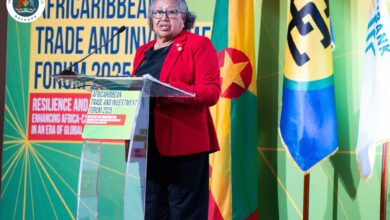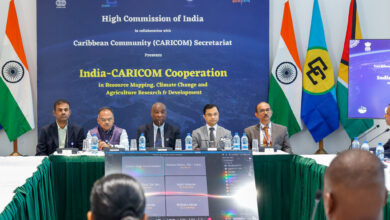GEORGETOWN, Guyana – Prime Minister Kamla Persad-Bissessar’s reference, in her opening remarks at the recent meeting of CARICOM Heads in Port of Spain, to the view that “CARICOM, as it was originally envisioned, has reached its political, socio-economic and ideological limits,” may have its genesis in the thinking of her foreign minister, Winston Dookeran.
In our editorial of December 21, 2012, ‘Opening up,’ we noted that Mr Dookeran had been making the point that CARICOM’s possibilities as an economic union were limited and that, the previous May, he had argued at a meeting of the Economic Commission of Latin America and the Caribbean, here in Guyana, that CARICOM should focus more on issues of production integration and competitiveness, advocating “a convergence model that is located in production, distribution and competitiveness.”
It was not clear then how Mr Dookeran had arrived at his conclusion regarding CARICOM’s limits – he may have been arguing from the perspective of his country’s economic interests – or what exactly he meant by “convergence.” Giving him the benefit of the doubt, we leant towards the economic theory that the integrated production of goods and the development of value-added supply chains could lead to regional growth, with regional economies eventually converging in terms of per capita income. This, of course, would necessitate the expeditious implementation of the Single Market and Economy (CSME) and there is therefore an appealing logic to the idea. But we might have been mistaken in our inference.





